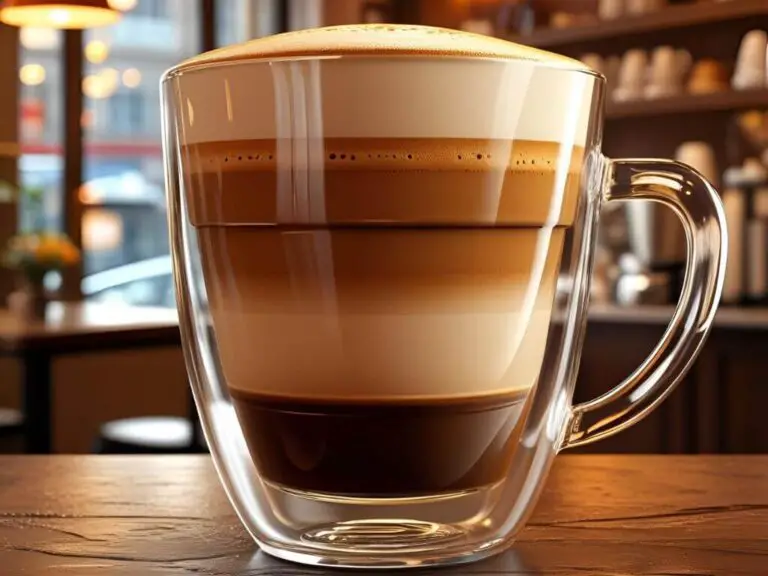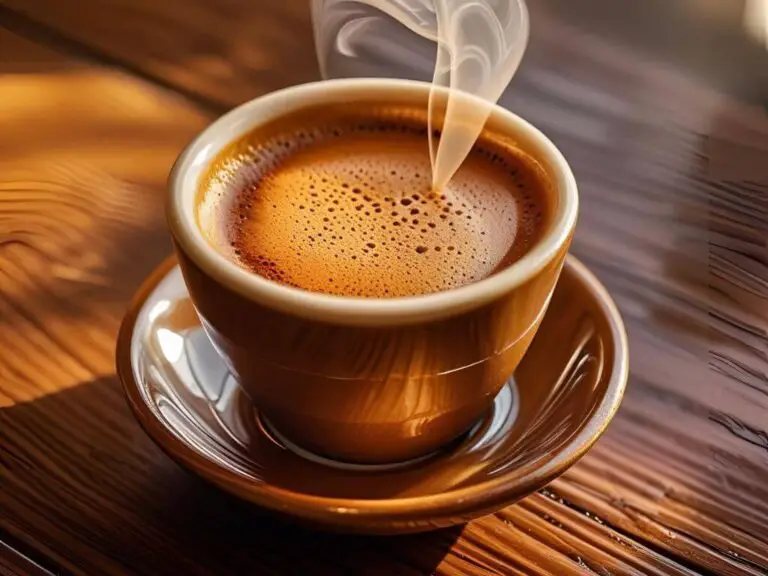How Many Coffee Beans Per Espresso Shot? Perfect Ratio Explained
You’re standing in front of your espresso machine, ready to pull the perfect shot. But wait—how many coffee beans should you actually use? Too few, and your espresso tastes weak. Too many, and it’s bitter and over-extracted.
The secret? Precision.
Espresso is a concentrated coffee, meaning tiny changes in bean quantity drastically affect flavor. While most baristas measure by weight (grams), you might wonder: How many individual coffee beans go into that tiny cup?
In this guide, we’ll break down:
✅ The exact grams (and bean count) per shot
✅ Why roast level, bean type, and grind size matter
✅ Common mistakes that ruin espresso
✅ Pro tips for consistent, café-quality shots
Let’s dive in—your perfect espresso starts here.
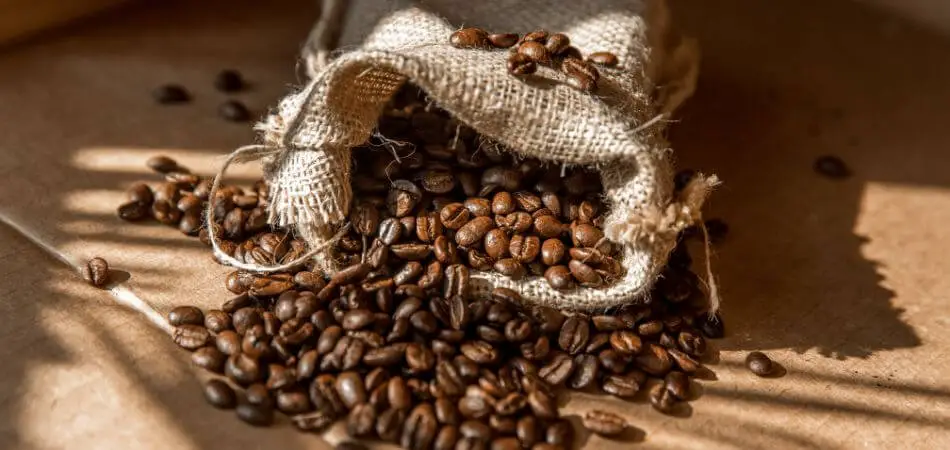
The Standard Measurement for an Espresso Shot
How Many Grams of Coffee Beans Per Shot?
Espresso dosing isn’t guesswork—it’s science. Here’s the industry standard:
| Espresso Shot Type | Coffee Dose (Grams) | Liquid Output (Ounces) |
|---|---|---|
| Single Shot | 7–9g | ~1 oz |
| Double Shot | 14–18g | ~2 oz |
Why grams, not bean count?
- Coffee beans vary in size, density, and weight.
- A light roast Arabica bean weighs ~0.15g, while a dark roast Robusta might be ~0.12g.
- Weighing ensures consistency—counting doesn’t.
But How Many Beans Is That? (A Rough Estimate)
Since we’re curious, let’s do the math:
- Average bean weight: 0.1–0.2g (varies by roast and type).
- Single shot (7–9g): ~35–50 beans.
- Double shot (14–18g): ~70–100 beans.
Pro Tip:
“Use a kitchen scale ($10–$20) for accuracy. Eyeballing leads to inconsistent shots.”
The Standard Measurement for an Espresso Shot
How Many Grams of Coffee Beans Per Shot?
Espresso dosing isn’t guesswork—it’s science. Here’s the industry standard:
| Espresso Shot Type | Coffee Dose (Grams) | Liquid Output (Ounces) |
|---|---|---|
| Single Shot | 7–9g | ~1 oz |
| Double Shot | 14–18g | ~2 oz |
Why grams, not bean count?
- Coffee beans vary in size, density, and weight.
- A light roast Arabica bean weighs ~0.15g, while a dark roast Robusta might be ~0.12g.
- Weighing ensures consistency—counting doesn’t.
But How Many Beans Is That? (A Rough Estimate)
Since we’re curious, let’s do the math:
- Average bean weight: 0.1–0.2g (varies by roast and type).
- Single shot (7–9g): ~35–50 beans.
- Double shot (14–18g): ~70–100 beans.
Pro Tip:
“Use a kitchen scale ($10–$20) for accuracy. Eyeballing leads to inconsistent shots.”
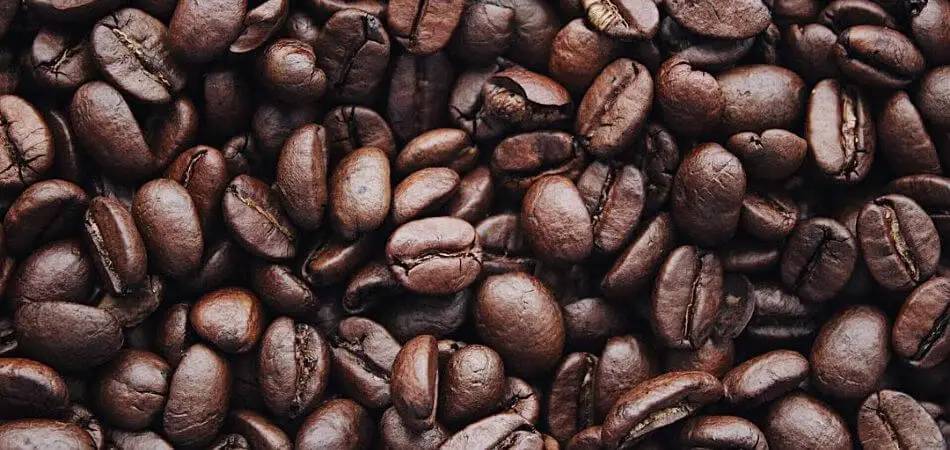
Why Precision Matters in Espresso Brewing
Espresso is one of the most finicky coffee brewing methods – where a difference of just 1 gram can make or break your shot. Here’s why being precise matters:
The Goldilocks Principle of Espresso
Your espresso shot needs to be:
- Not too weak (under-extracted)
- Not too strong (over-extracted)
- But just right (balanced extraction)
What happens when you use:
| Beans Used | Extraction Result | Flavor Profile |
|---|---|---|
| Too Few (<7g) | Under-extracted | Sour, watery, lacking body |
| Perfect (7-9g) | Balanced | Sweet, aromatic, pleasant acidity |
| Too Many (>9g) | Over-extracted | Bitter, harsh, astringent |
The Science Behind Extraction
- Ideal extraction range: 18-22% of coffee solids
- Brew time: 25-30 seconds
- Water temperature: 195-205°F (90-96°C)
Pro Tip:
“Invest in a $20 digital scale that measures to 0.1g precision. This small tool makes the biggest difference in consistent espresso quality.”
The Perfect Espresso Ratio
Most specialty coffee shops use:
- 1:2 coffee-to-water ratio
- Example: 18g coffee → 36g liquid espresso
- This creates a balanced, full-bodied shot
Common Mistakes & How to Fix Them
Even experienced baristas make these errors. Here’s how to avoid them:
Mistake #1: Using Volume Instead of Weight
❌ “I’ll just use a scoop of beans”
✅ Solution: Always weigh your dose. A “scoop” varies wildly based on bean size and roast.
Mistake #2: Ignoring Bean Freshness
❌ Using stale beans
✅ Solution:
- Use beans within 2-4 weeks of roasting
- Store in an airtight container away from light
- Fresh beans need slightly less weight (they degas better)
Mistake #3: Inconsistent Tamping
❌ Uneven tamping pressure
✅ Solution:
- Apply 15-20kg of pressure
- Use a calibrated tamper
- Ensure level tamping (no angles)
Troubleshooting Table:
| Problem | Likely Cause | Fix |
|---|---|---|
| Sour shot | Under-extracted | Increase dose by 0.5g or grind finer |
| Bitter shot | Over-extracted | Decrease dose by 0.5g or grind coarser |
| Fast flow (<20s) | Grind too coarse | Adjust grinder to finer setting |
| Slow flow (>35s) | Grind too fine | Adjust grinder to coarser setting |
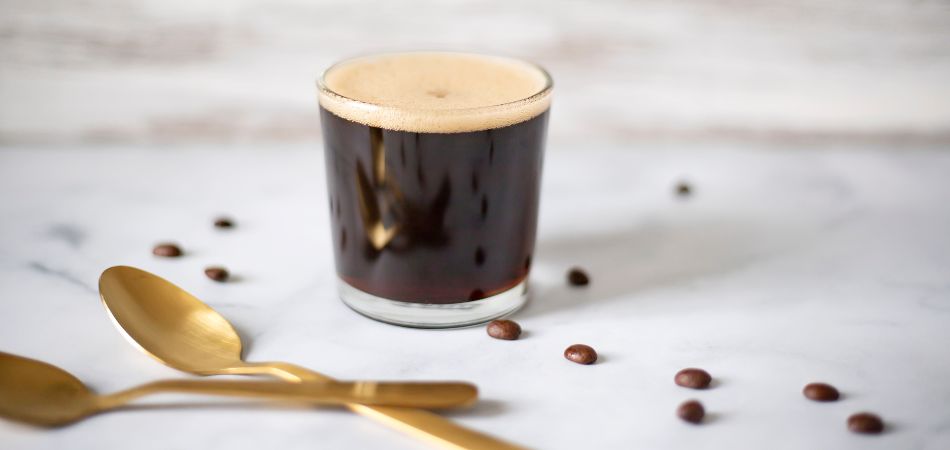
Expert Tips for Perfect Espresso Every Time
Take your espresso game to professional level with these advanced techniques:
1. The Weiss Distribution Technique (WDT)
- Use a thin needle to break up clumps
- Creates more even extraction
- Reduces channeling
2. Temperature Surfing
- For non-PID machines:
- Flush group head until boiler kicks in
- Wait 10 seconds
- Pull your shot during temperature peak
3. Pre-infusion Magic
- Apply 3-5 seconds of low-pressure water
- Allows even saturation
- Results in sweeter, more balanced shots
Pro Equipment Checklist:
- Precision scale (0.1g accuracy)
- Burr grinder (stepless adjustment preferred)
- WDT tool (paperclip works in a pinch)
- Calibrated tamper (58.5mm for most portafilters)
FAQs About Coffee Beans and Espresso Shots
Can I reuse espresso grounds for a second shot?
It’s not recommended. The grounds have already been used to extract most of their flavor, so reusing them will likely result in a weak and underwhelming shot.
How many espresso beans is a coffee?
An espresso shot typically requires about 0.36 ounces (10.5 grams) of coffee, which is roughly 60 coffee beans, depending on the bean size and grind
Why do you put three coffee beans in espresso?
Three coffee beans are often added to espresso as a garnish, symbolizing health, wealth, and happiness, a tradition rooted in Italian culture. It adds a touch of elegance and meaning to the drink.
How many beans for one shot of espresso?
For one shot of espresso, you’ll typically need about 18-20 coffee beans, depending on the size of the beans and your grind. This translates to roughly 0.36-0.4 grams of coffee.

